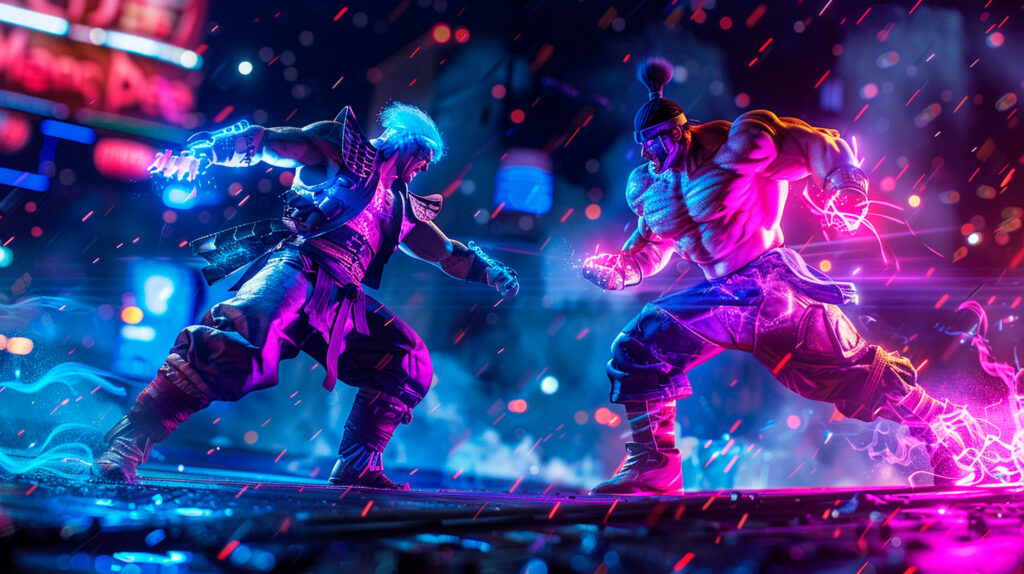The first wave of blockchain gaming, which began in 2020, generated significant hype. Daily, new projects emerged with innovative promises, ambitious roadmaps, and well-designed websites, sparking enthusiasm within the Web3 community. However, this excitement also led to skepticism, as many of these projects turned out to be scams or unsustainable in the long run.
The major mistake of most of these initiatives was prioritizing quick-profit mechanics, such as the “click-to-earn” model, over building immersive experiences and high-quality games. This short-sighted approach still predominates in Web3, potentially deterring large studios and investors seeking solid and sustainable business models.
The True Potential of Blockchain Games
Despite the challenges faced during the first wave, the underlying technology of blockchain games remains innovative and revolutionary. One of the greatest advantages blockchain offers to the gaming industry is the authentication of digital assets, granting real ownership of in-game items.
In traditional games, when a player acquires a skin or other digital item, it resides in their account’s inventory but, in practice, still belongs to the developer. If servers are shut down or an account is suspended, the player could lose everything.
With blockchain, this logic changes completely:
• True ownership: Assets belong to the player, stored in their digital wallet.
• Free market: Players can sell or trade their items on secondary markets without developer interference.
• Security and transparency: All transactions are traceable and transparent, ensuring user safety and preventing fraud.
Opportunities for Developers and Players
Integrating blockchain into games also creates new opportunities for sustainable monetization for developers. With a system based on NFTs and decentralized transactions, it’s possible to establish an active market for buying and selling items, benefiting both studios and players.Cubix+1Protechbro Media+1
• Passive income for developers: Each time a digital item is resold on the secondary market, the company can program a smart contract to receive a royalty fee from the transaction.
• Dynamic marketplace for players: Users can freely buy, sell, and trade items, enhancing game longevity and promoting a healthy ecosystem.
• Increased community engagement: When players realize their investments in skins and other items hold real value, they become more engaged and active within the game’s ecosystem.
Pathway to a New Sustainable Model
The error of the first wave of blockchain games wasn’t the technology itself but how it was utilized. For the sector to develop solidly and attract major players, a new business model is necessary—one where the primary focus is high-quality entertainment, well-developed mechanics, and a sustainable economy.
By correctly adopting blockchain technology, games can transcend speculation and evolve into genuine platforms for innovation and engagement. Now is the time to build the future of GameFi in a more mature and strategic manner.


